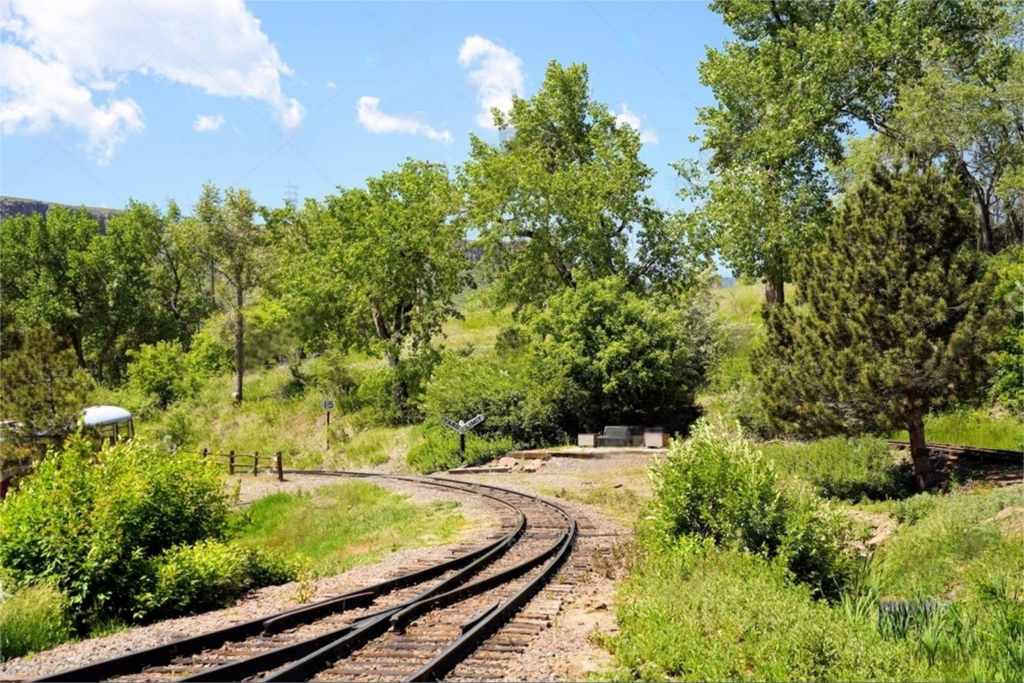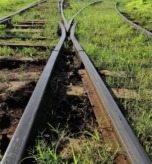Table of Contents
Introduction
Railroad turnouts are critical components of rail systems, allowing trains to switch tracks and navigate junctions efficiently. However, the maintenance of these turnouts, particularly their frogs, presents significant economic considerations. In this article, we will delve into the economic aspects of railroad turnout maintenance, exploring costs, benefits, and best practices.

1. Understanding Turnout Maintenance Costs
Maintaining railroad turnouts involves various costs, including labor, materials, and equipment. Regular inspections and repairs are necessary to ensure safety and functionality, which can add up over time. Understanding these costs is crucial for effective budgeting and resource allocation.
2. The Impact of Turnout Condition on Operations
The condition of turnouts directly affects train operations. Poorly maintained turnouts can lead to delays, increased wear on rolling stock, and safety hazards. Investing in maintenance not only prolongs the lifespan of the turnout but also enhances overall operational efficiency.
3. Cost-Benefit Analysis of Preventive Maintenance
Preventive maintenance is a proactive approach that can save rail companies significant costs in the long run. By regularly servicing turnouts, railroads can avoid costly emergency repairs and minimize service disruptions. Conducting a cost-benefit analysis helps justify investments in preventive measures.
4. Innovations in Maintenance Techniques
Recent advancements in technology have introduced innovative maintenance techniques that can reduce costs and improve efficiency. Automated inspection systems and predictive maintenance software enable railroads to monitor the condition of turnouts in real time, allowing for timely interventions.
5. Environmental and Social Considerations
Beyond economic factors, the maintenance of turnouts also has environmental and social implications. Sustainable maintenance practices can reduce the ecological footprint of rail operations while ensuring safe and reliable service for communities. Balancing these considerations is essential for modern rail management.
6. Future Trends in Turnout Maintenance Economics
Looking ahead, the economics of turnout maintenance will continue to evolve. Emerging technologies, changes in regulatory frameworks, and shifting market demands will shape how railroads approach maintenance strategies. Staying informed about these trends will be vital for optimizing maintenance budgets and operations.
Conclusion
The economics of railroad turnout maintenance is a multifaceted issue that impacts safety, efficiency, and cost-effectiveness in rail operations. By understanding the costs and benefits associated with turnout maintenance, rail companies can make informed decisions that enhance service reliability and sustainability.
FAQs
Costs include labor, materials, inspections, and equipment necessary for repairs and upkeep.
Poor turnout condition can lead to delays, increased wear on trains, and potential safety hazards.
Preventive maintenance involves regular servicing of turnouts to avoid costly repairs and disruptions.
Innovations like automated inspections and predictive maintenance software enhance monitoring and efficiency.
Sustainable practices can reduce the ecological impact while ensuring safe and reliable rail services.
Emerging technologies, regulatory changes, and market demands will significantly influence maintenance strategies.






